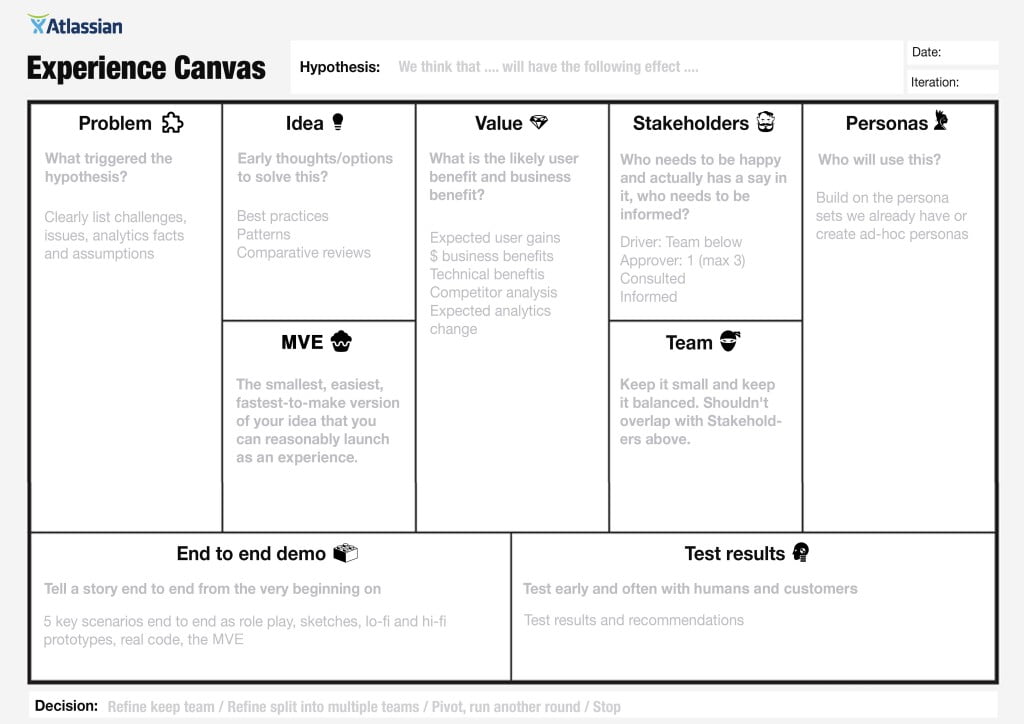

While there are reasons why organizations have evolved that way, the value doesn’t flow quickly, as it must cross all the silos.

In such a functional organization, developers work with developers, and testers collaborate with other testers, architects, and systems engineers work with each other, and operations work by themselves. This new organization breaks down the traditional functional silos that may exist, as shown in Figure 2.įigure 2. ARTs are Organized Around ValueĪRTs are typically virtual organizations that have all the people needed to define, deliver, and operate the solution. Some ART stakeholders participate in Solution Train events, including the Pre- and Post-PI Planning and Solution Demo. ARTs can release a solution, or elements of a solution, at any time, subject to governance and release criteria.Īdditionally, in more significant value streams, multiple ARTs collaborate to build more extensive solutions via a Solution Train. However, releasing is typically decoupled from the development cadence.
#Agile project canvas full#
Dedicated people – Most people needed by the ART are dedicated full time to the train, regardless of their functional reporting structure.They apply Scrum, Extreme Programming (XP), Kanban, and other Built-In Quality practices. Agile Teams – Agile Teams embrace the ‘Agile Manifesto’ and SAFe Core Values and Principles.The train has a known velocity – Each ART can reliably estimate how much cargo (new features) can be delivered in a PI.


The System Demo provides a mechanism for evaluating the working system, which is an integrated increment from all the teams. A new system increment every two weeks – Each train delivers a new system increment every two weeks.If a Feature misses a timed departure and does not get planned into the current PI, it can catch the next one. The schedule is fixed – The train departs the station on a known, reliable schedule, as determined by the chosen Program Increment (PI) cadence.A long-lived Agile Release TrainĪRTs operate on a set of common principles: An ART delivers a continuous flow of value, as shown in Figure 1.įigure 1. ARTs are organized around the Enterprise’s significant Development Value Streams and exist solely to realize the promise of that value by building Solutions that deliver benefit to the end-user.ĪRTs are cross-functional and have all the capabilities-software, hardware, firmware, and other-needed to define, implement, test, deploy, release, and where applicable, operate solutions. Each is a virtual organization (typically 50 – 125 people) that plans, commits, develops, and deploys together. The Agile Release Train (ART) is a long-lived team of Agile teams, which, along with other stakeholders, incrementally develops, delivers, and where applicable operates, one or more solutions in a value stream.Īgile Release Trains align teams to a shared business and technology mission. Stephen Bungay, author and strategy consultant Agile Release Train The more alignment you have, the more autonomy you can grant.


 0 kommentar(er)
0 kommentar(er)
